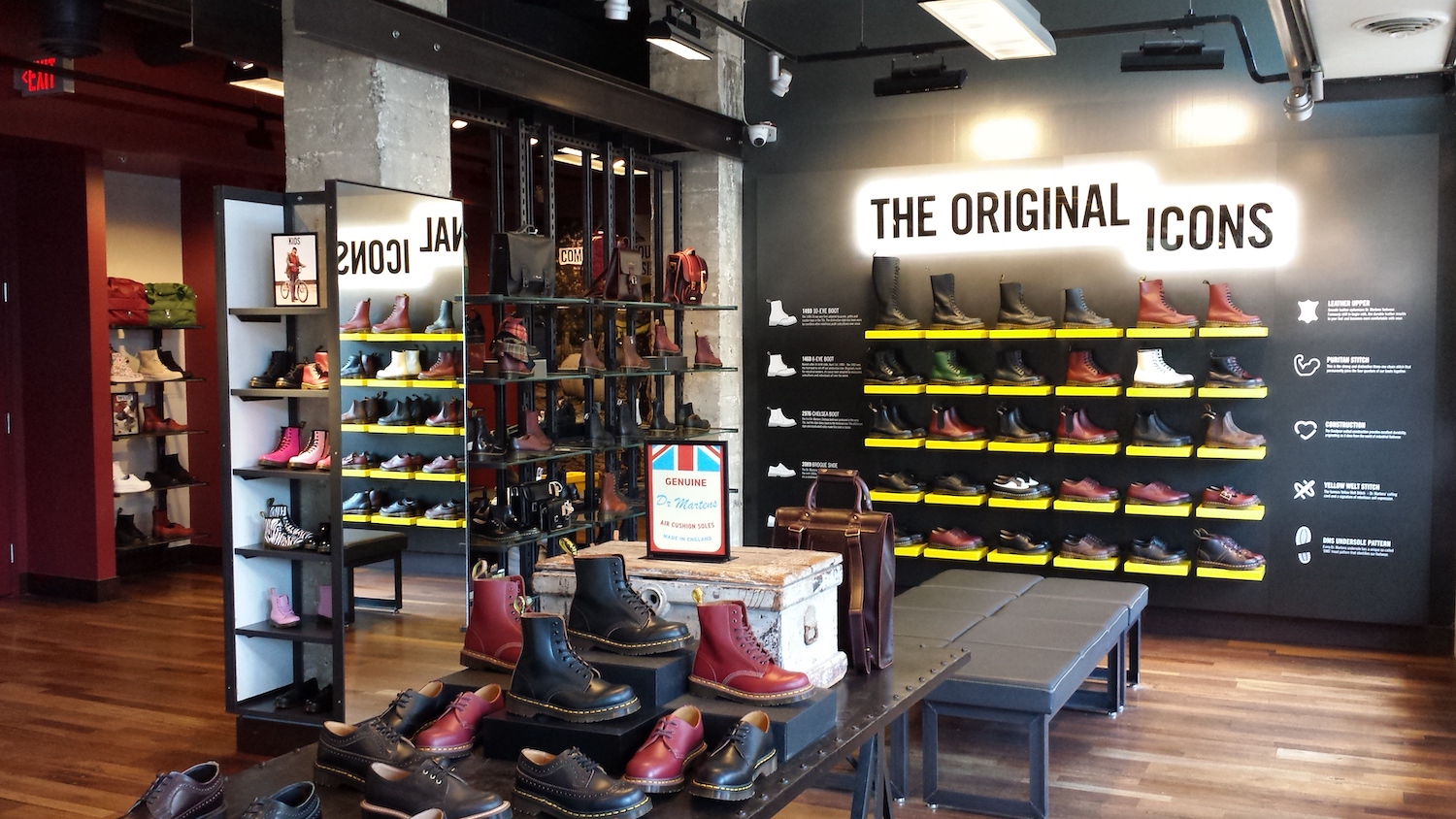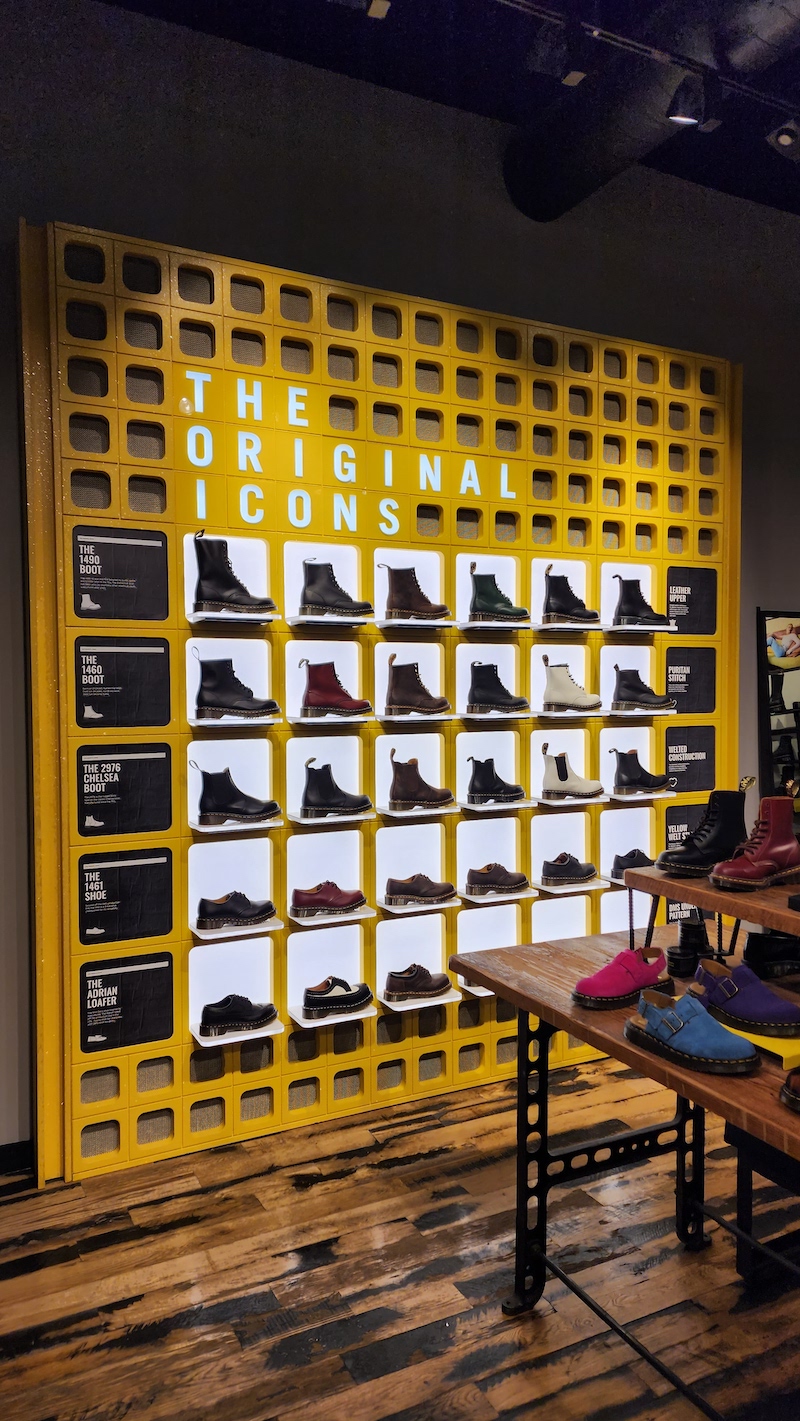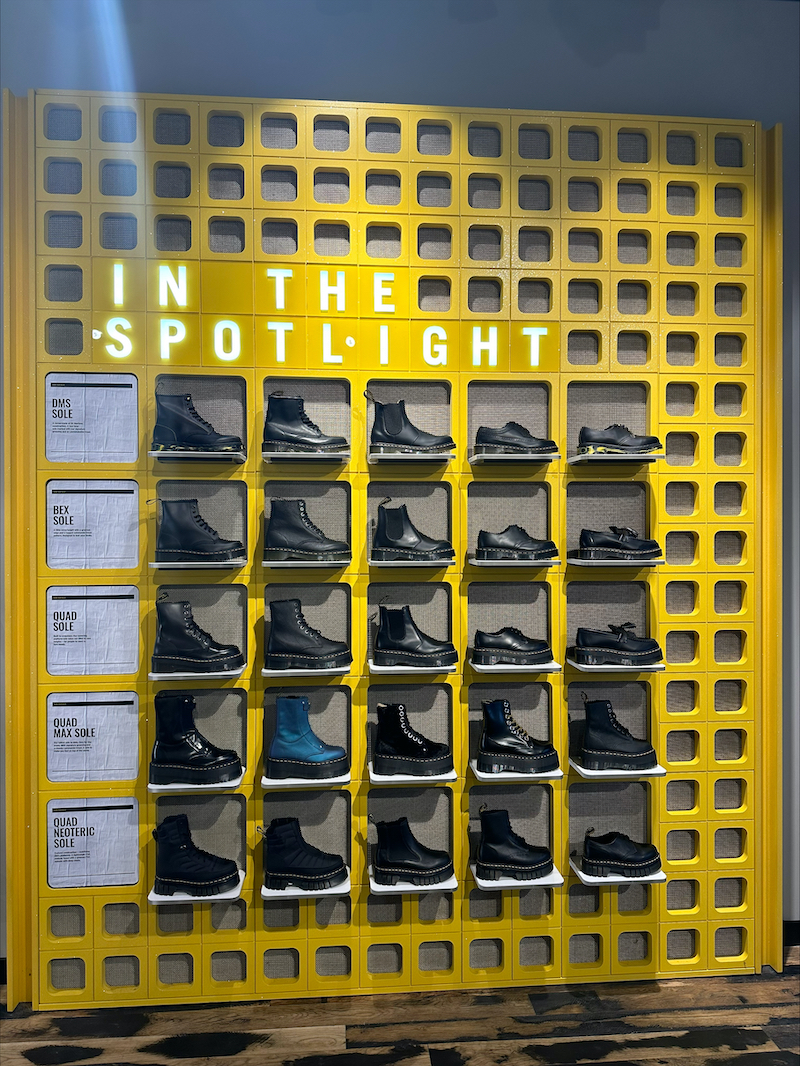For decades, physical retail was the undisputed heavyweight champion of commerce. Shopping centers thrived, high streets bustled, and the idea of shopping felt intrinsically tied to physical spaces. Then e-commerce began its ascent, gaining momentum as the odds fell in its favor. Those odds? Rising smartphone ownership, which allows consumers to shop whenever and wherever they want (according to the Pew Research Center, ownership among Americans jumped from just 35% in 2011 to 91% in 2024) and the pandemic, which closed non-essential stores and forced shoppers online (McKinsey reported that e-commerce sales penetration grew from about 16% in 2019 to about 35% in 2020 – that’s roughly equivalent to ten years of growth).
Despite the beating it has taken, physical retail has never been knocked out. And recently, it’s been making something of a comeback. Retailers are overhauling store layouts, brands are ramping up in-person activations, and we’re even seeing digital-first brands expanding into physical spaces. And the story has taken an interesting turn. Rather than continuing to duke it out, the physical and the digital have discovered they’re stronger as a team. According to a report from Colliers, 76.2% of core retail sales are still driven by physical stores, which “blend with digital channels to create a powerful omnichannel ecosystem.” This isn’t about one channel dominating another: it’s about creating a seamless, consistent experience for consumers across all touchpoints.

The evolving role of physical retail
This hybrid approach is proving particularly powerful. Physical stores now support over 30% of online retail sales through services like curbside pickup and in-store collection. Meanwhile, digitally native brands are discovering that opening physical locations creates a multiplier effect. Eyewear brand Warby Parker reports that when they open a store in a new market, overall sales in that region grow more than 2.5 times what they were the previous year. This suggests that the appeal of physical retail isn’t diminishing; it’s evolving.
Today’s physical stores are becoming curated spaces that amplify brand identity and offer consumers memorable experiences that build loyalty over time. But creative ideas for in-store brand activations and immersive experiences need engineering expertise to bring them to life. In other words, a printing partner that can design, produce, and deliver the key components at pace. Enter Collide, a brand specialist providing high-impact solutions that capture attention, spark engagement and drive purchases at the point of connection.
Driving high-impact consumer experiences
Collide was born from the merger of SGS & Co and SGK to form the Propelis family of brands – a next-generation global agency specialising in creating brand impact. Combining the Merchandise Services division of SGS and the Print and Fabrication divisions of SGK, Collide offers comprehensive print, promo, digital and fabrication capabilities from creation to implementation. Whether it’s flagship displays that command attention or influencer kits that create buzz, they’re equipped to handle projects with agility and scale.

“Brands are investing heavily in their physical environments because they are hugely effective at driving connection to the consumer, which ultimately drives sales,” explains Adam Dyer, Senior Vice President of Client Services at Collide. “People are craving that physical interaction, particularly after the pandemic. Years of remote work and increased screen time have created a real sense of digital fatigue. The prospect of leaving your home, which is also often your office, to shop in a tactile, immersive environment has renewed appeal. Physical stores can offer a feeling of community, the thrill of discovery, and the satisfaction of experiencing products in three dimensions.”
Combining global reach with local execution
Retailers understand that their physical spaces need to go beyond displaying products and create moments people want to share and remember. And Collide is uniquely positioned to deliver against these objectives. Operating across a truly global footprint – spanning the US, Canada, Central America, and Europe – they’re equipped to manage the complex logistical challenges that come with large-scale brand activations.
Recently, for example, Collide project-managed the production and installation of an in-store display promoting the launch of M&M’s new motion dispenser. They designed a clean, white, angular structure that provided a striking contrast to the colourful candies, with an integrated LED screen displaying dynamic visuals of tumbling M&M’S. Using their global network, Collide project-managed the production and installation of these displays across key stores in China, Europe, and the USA, ensuring a consistent brand experience worldwide.
Exercising agility and adaptability
But scale alone isn’t enough in today’s fast-paced retail environment. Speed has become a critical differentiator and Collide prides itself on working flexibly to meet increasingly tight deadlines without sacrificing quality. “Often, when we work with brands and their agencies, there’s a limited amount of time to execute a project,” Adam explains. “At Collide, we look at things from an internal operations perspective to see how we can do things faster.”
This agility manifests in practical ways, whether that’s shifting production from one facility to another to reduce shipping times or splitting large orders across multiple plants to accelerate delivery. “We pivot our own internal operations to make things work within a given timeframe,” Adam notes, highlighting how operational flexibility has become a core competitive advantage.

Managing multi-location marketing
Even more impressively, Collide has developed technology that helps brands optimize their marketing investments across multiple locations. Their system maintains detailed knowledge of each store’s physical assets – from window space to end caps to menu boards – allowing brands to model different campaign scenarios and their associated costs.
“If a client has a thousand locations and wants to run different promotions in different regions, our system can tell them exactly what they’ll need for each store and what it will cost,” Adam explains. “They can then tailor campaigns to fit their budget and, when combined with sales data, calculate their return on investment for specific marketing strategies in specific regions.”
This is particularly useful for many of Collide’s clients, including Chevron, which runs bi-monthly promotional experiences across thousands of locations, each with specific layouts and needs. Each campaign encompasses multiple variations, inventory stocking, customized kit assembly, and carefully timed distribution, demanding the kind of meticulous project management Collide is known for.
Bringing creative concepts to life
But Collide’s main draw is its expertise in helping brands bridge the gap between creative vision and physical reality. “We’re often the partner working with a creative team to make sure ideas can actually be executed in the retail environment,” says Adam. “Sometimes this involves suggesting modifications to ensure concepts will drive the desired results. We might even create digital designs, 3D mock-ups or actual samples that the client can walk through to assess their ideas.” This collaborative approach ensures that what looks impressive in a marketing presentation will be equally compelling when customers encounter it in-store.
Connecting with consumers in an evolving retail landscape
The retail landscape today looks different from the one that existed before e-commerce changed everything. Physical stores are no longer just places to buy products – they’ve evolved into experiential spaces where brands can create lasting connections with consumers. This transformation has created new opportunities, but it has also raised the stakes.

Successful brands understand that great ideas mean nothing without flawless execution. Whether it’s a flagship display that needs to launch simultaneously across three continents or an influencer kit designed to drive traffic to stores, the technical expertise and logistical coordination required can make or break a campaign. This is where collaborative partners like Collide are invaluable, helping brands navigate the complex journey from concept to reality. As the retail landscape continues to evolve, these partnerships will prove essential for those looking to consistently engage their consumers through impactful in-store experiences.



